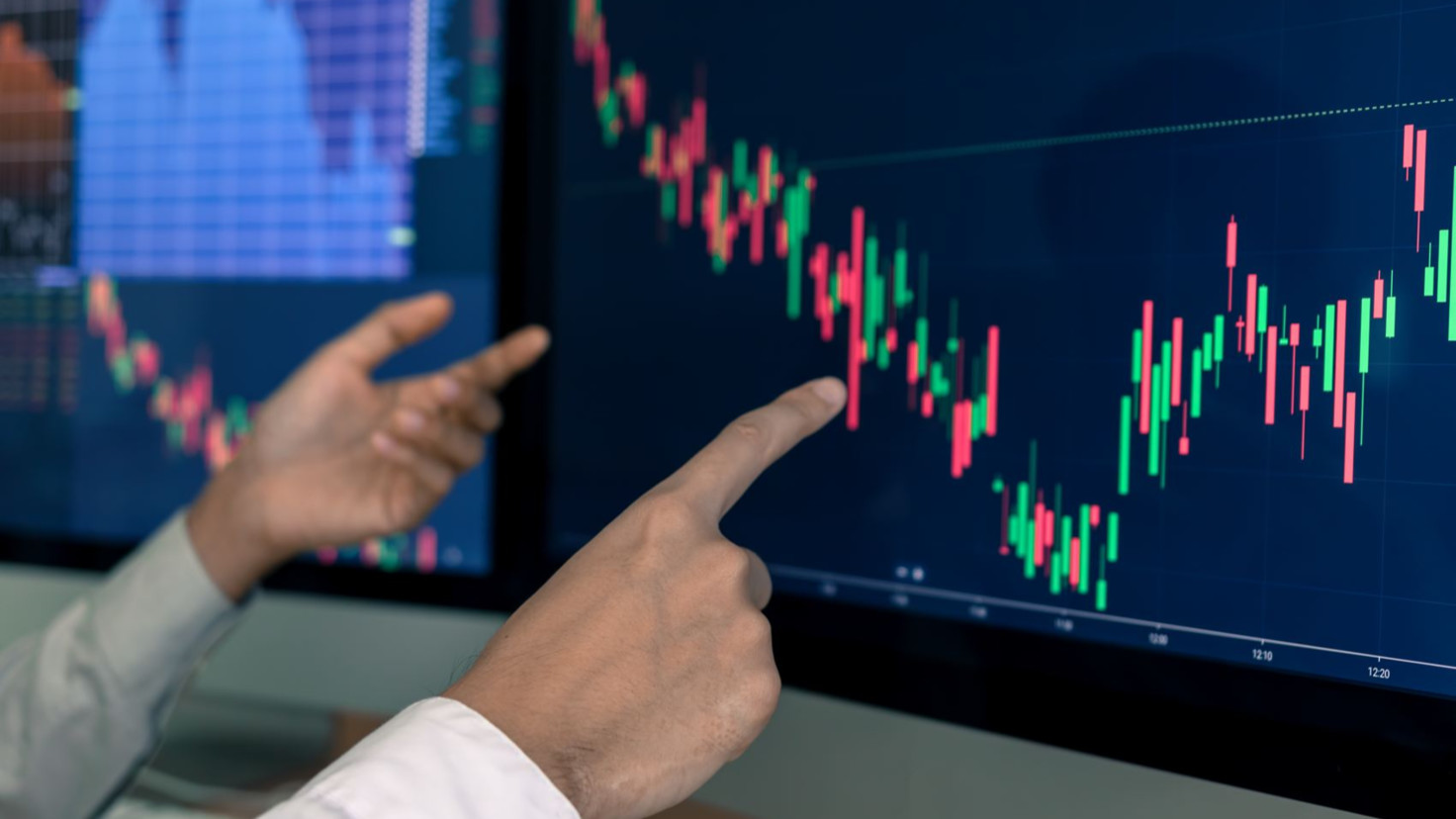Trading from Charts- All you need to know Before Starting
The trading chart displays information which helps in deciding when to enter and exit a position. Traders can see the price movements along with indicators, and recognize where appropriate levels will be for price action. Visual chart trading keeps pace with the needs and traders can intuitively drag and drop orders onto the chart. It can always be moved to another level if desired. Entire entry and exit strategies, like single orders, may also be dropped onto a chart. Some chart that is widely used is – Candlestick Chart, Bar charts, Line Charts, Market Profile Charts, Point and Figure Charts.
Trading from the Candlestick Chart

A candlestick chart is a monetary chart used to explain fee movements of a security, by-product, or currency. Buyers decide upon candlesticks because of the depth of information each stick can carry. Each candlestick gives four key pieces of information within a selected time interval. Candlesticks reflect the impact of investor sentiment on security prices to determine when to enter and exit trades. Candlestick charts are more visual, due to the color-coding of the price bars and thicker real bodies, which are better at highlighting the difference between the open and the close. Each stick and wick on the chart tells where the market has been and where it could be going.
- Short Stick indicates the small price movement in the trading period.
- Long Stick indicates the large price movement in the trading period.
- Short Wick displays the trading happening close to the starting price.
- Long Wick displays the price that moved significantly.
- Dogi shows the periods beginning and ending prices.
- Dragonfly Dogi shows the nearly identical opening-closing and highest prices of the period.
Trading from the Bar Chart

Bar charts show multiple price bars over time. Each of the bars displays how the price moved over a specified period. The Open, High, Low, and Close prices of the period are shown by each bar. Bar charts are used to monitor the price performance of assets which aids in making trading decisions. There is a lot of information that traders and investors can utilize on a bar chart.
Every bar has a vertical line that suggests the highest rate reached all through the length, and the bottom rate reached for the duration of the duration. The whole charge is marked utilizing a small horizontal line on the left of the vertical line, and the closing price is marked via a small horizontal line at the proper of the vertical line.
Colour coding the price bars depending on whether the price moved higher or lower helps some traders see trends and price movements more clearly.
Trading through Line Charts

A line chart gives traders a clear visualization of where the price of a security has traveled over a given period. Line charts handiest display the closing prices and by using displaying handiest the closing price and ignoring the price motion among the opening and final prices, a line chart displays the proper market nature. A line the chart is easy to understand and is simple in form as it depicts only changes in an asset’s closing price over time. Many investors base their trading decisions by just looking at this chart. For them, the closing price and its trend are all that matters.
A line chart helps investors surely discover key support and resistance stages, developments, and recognizable chart styles. Line charts are perfect for amateur traders to apply because of their simplicity. They assist to educate fundamental chart analyzing capabilities before mastering extra superior strategies. Volume and moving averages can easily be implemented to a line chart.
Trading through Point and Figure Charts

Factor and figure charts had been defined as one of the simplest systems for determining stable entry and go out factors in stock marketplace trading. They are designed for long term investors do not for the discrete passage of time as most other types of chart do along their X-Axes. This charting system monitors the supply and demand of each issue while keeping an eye on developing trends. They visualize price movements and trends in an asset without regard to the amount of time that passes. Each column represents a set amount of price movement consisting of X columns illustrate rising prices and O columns represent a falling price.
As in Point and Figure charts, the emphasis is given only to the closing price of the securities there are only Price Axis and no Time Axis thus it is highly useful to interpret the volatile shares. It removes any unimportant market noise and price movement and the support and resistance level are easy to identify. The focus is only on significant price movement.
Trading through Market Profile Charts
Market profile charts are handy equipment that can be used by both short-term buyers and lengthy-term traders. Market Profile Charts are based on price and volume information. Price, volume, and time frame factors are combined in such a way that it displays on a single chart. These data then indicate the value area and points of control for a stock. Market Profile Charts don’t require Level 2 Market Data because it uses standard market data.
Conclusion
The price is displayed on the vertical scale (y-axis) and the volume on the horizontal scale (x-axis). The timeframe uses a combination of letters and colors.
Market profile charts display the charge inside the identical manner as every other day buying and selling chart, with the price scale being displayed on the proper aspect of the chart. Information on the extent and time-body segments are barely extra complicated than the rate. This charge is also known as the factor of control because it’s the charge that had manage of the market the most. Marketplace profile charts can be used as an entire buying and selling device or as part of a larger trading system.
Based on support, resistance prices, and how the prices interact with the point of control, they are traded. Market profile charts are also known as names, such as Sierra Chart’s TPO (time price opportunity, depicted by letters in the graph), the Sierra chart scale, or volume profile charts.




